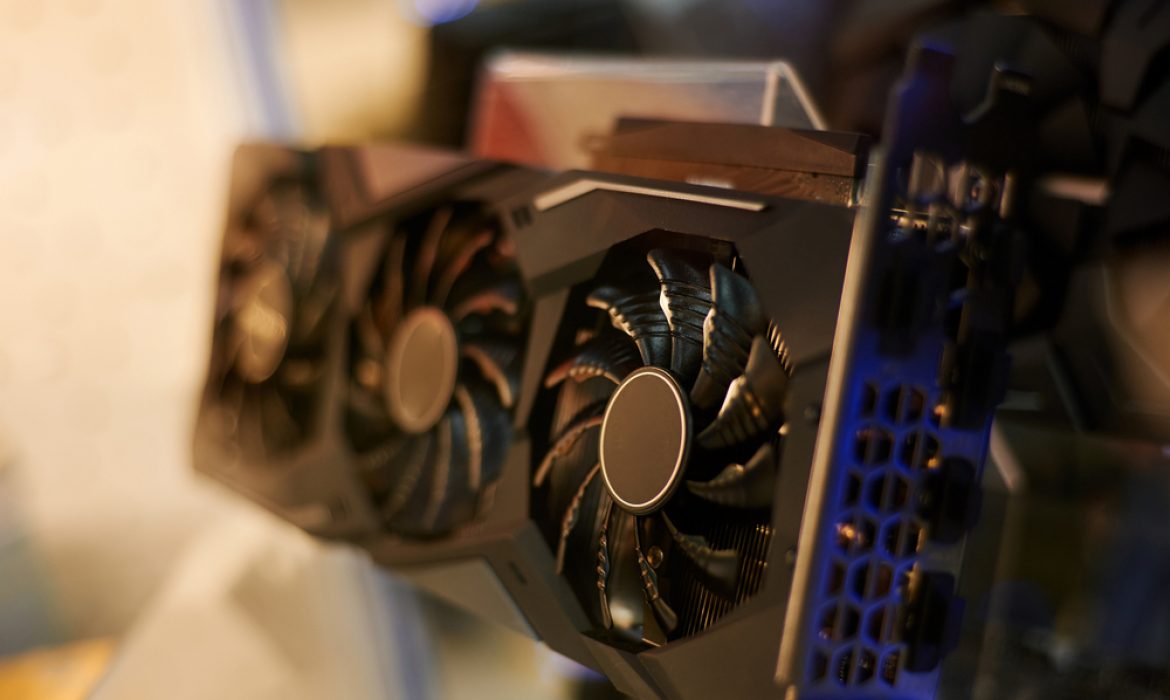AMD’s gaming segment is taking a massive hit, with revenue plunging by a staggering 48% year-over-year in the first quarter of 2024. This decline is attributed to decreased sales of processors for gaming consoles and a lack of demand for Radeon discrete graphics cards. The company expects these numbers to dip even further throughout the year, with recovery not anticipated until 2025. This slump could impact the expected launch of AMD’s next-generation Radeon RX 8000-series RDNA 4 GPUs, which may not hit the market this year.
A Sharp Drop in Revenue
AMD’s gaming revenue for Q1 2024 stood at $922 million, a significant drop from $1.757 billion in the same period the previous year. The decline continued on a quarterly basis, falling 33% from Q4 2023’s revenue of $1.368 billion. While AMD’s gaming segment still posted an operating income of $151 million, that’s a stark contrast to the $314 million achieved a year earlier. The reduced sales figures raise questions about the future of AMD’s gaming products, particularly with the possibility of RDNA 4 GPUs being delayed or scrapped altogether.
Console Sales on the Decline
The dip in AMD’s gaming revenue can be largely attributed to lower demand for system-on-chips (SoCs) used in Sony’s PlayStation 5 and Microsoft’s Xbox Series X|S consoles. These platforms are in their fifth year, leading to a natural decrease in consumer demand. This decline impacts AMD’s sales, as console SoCs are a significant part of its gaming business. AMD’s Chief Financial Officer, Jean Hu, confirmed that semi-custom SoC sales decreased as expected, given the console cycle.
GPU Sales Facing Challenges
In the discrete GPU market, AMD has struggled to gain significant traction with its Radeon RX 7000-series. Seasonal fluctuations and a lack of design wins with Radeon RX 7000M GPUs for laptops have contributed to the lower sales. AMD’s CFO Jean Hu has indicated that the second half of 2024 could be even worse for the gaming segment, with a “significant double-digit percentage” decline expected. This downturn raises doubts about AMD’s commitment to launching new high-end GPUs, potentially leaving Nvidia with an even greater market share in the lucrative high-end graphics card sector.
The uncertainty surrounding AMD’s gaming revenue could shape the company’s strategy for the coming years, with a greater focus on cost-effective products rather than high-end GPUs. Whether or not AMD’s gaming segment can recover in 2025 remains to be seen.


